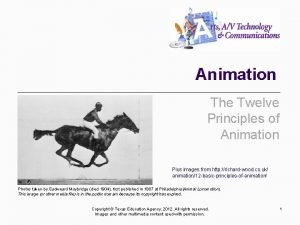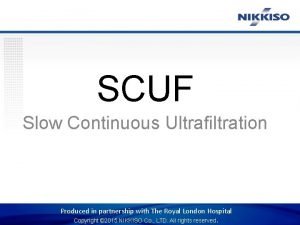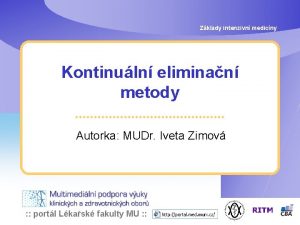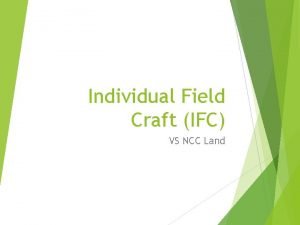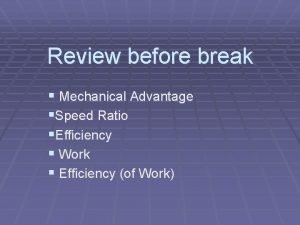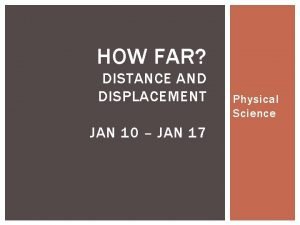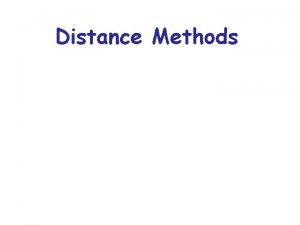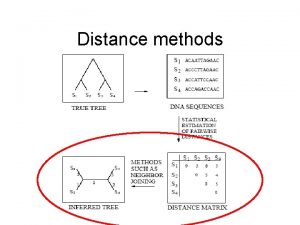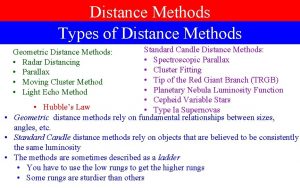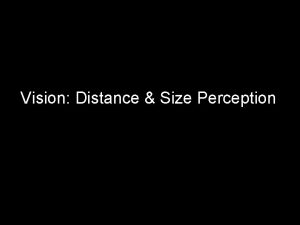Training Methods Continuous Training Slow distance training useful









- Slides: 9

Training Methods

Continuous Training Slow distance training useful for developing aerobic fitness. Involves work periods conducted in aerobic training zone of 70 to 85% of your maximum heart rate with no rest during session. Minimum of 20 minutes to achieve aerobic results. E. g. running, aerobics and swimming.

Fartlek Training Variation of continuous training combining continuous activity with short bursts of high intensity effort at regular stages during the session. E. g. walking or jogging with short bursts of sprinting.

Interval Training Involves periods of work followed by periods of rest. Can be classified as long, intermediate or short depending on the intensity, duration and rest intervals. Can be used to train specific muscle groups or for improving fitness and is also good for general health. E. g. Walk 30 seconds, run 30 seconds.

Speed training Involves training the nervous and muscular systems to work more efficiently together to bring about most efficient stride frequency and length. E. g. sprinting with a band connected to a tyre or parachute.

Weights/resistance training Three types of weight / resistance training: 1. Isokinetic training: involves adjusting resistance to allow you to exert the maximal force you can throughout entire range of movement e. g. gym machines, rowing machines. 2. Isometric training: involves a contraction of muscles against the resistance (weight) at a particular joint or angle for a period of time with no change in muscle length. The “muscle is flexed but not expanding and compressing” E. g. wall sit, plank, bridges 3. Isotonic training: involves use of free weights or pin loaded machines. Pin-loaded machines only allow a restricted range of movements and may allow a dominant or stronger side to do more work (e. g. LHS shoulder injury, RHS work harder). Free weights allow you to mimic real game situations and force weaker sides to work equally hard. Resistance bands may also be used. 1. Health Line [14 th July 2017] http: //www. healthline. com/health/fitness-exercise/isometric-exercises#1

Circuit Training Involves performing activities at various stations in short intervals. Either using body weight, weights or both. E. g. push ups, sit ups, lunges, squats, lat pull downs, spin bike. Individual load: taking into account your strengths and weaknesses at each station – adding or removing challenges as needed. Fixed load: working against a specific resistance for a set time completing as many repetitions as you can.

Plyometrics training Involves stretching or lengthening a muscle and then a rapid shortening to bring about an explosive action. E. g. box jumps and clap push ups. Relevant to sports where Athletes need to be explosive e. g. basketball, netball, soccer, hockey, high jump and long jump.

Flexibility training Three major classifications of stretching: 1. Dynamic Stretching: slow controlled movements or ballistic explosive movements through a full range of movements. Moving while you stretch to activate muscles you will use during a work out. E. g. Lunge with a twist. 2. Static Stretching: gradually stretching a join to its maximum range and then holding this position for 10 to 20 seconds. E. g. Touching your toes. 3. Proprioceptive Neuromuscular Facilitation (PNF) stretching: taking a joint to its maximum range and then contracting isometrically (no movement of muscles) against a resistance provided by a partner or band.
